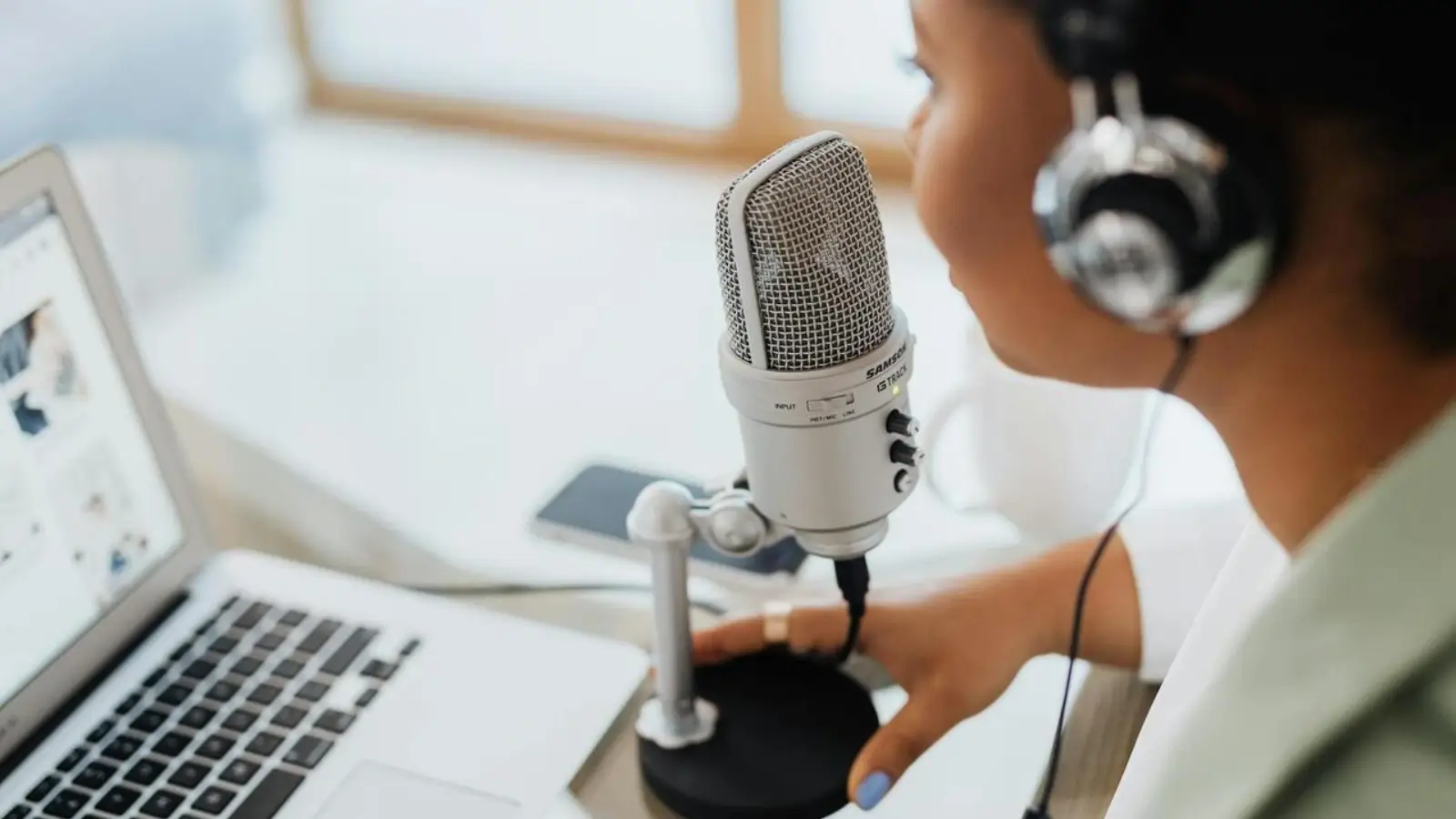


Buying a phone used to feel exciting. Now it feels like you’re entering a contract with your bank account. Every new release claims to be “smarter,” “faster,” or “more advanced,” but honestly? Most of us just want something that works, lasts, and doesn’t break the budget.
That’s why refurbished phones are getting real attention in Australia, not just from bargain hunters, but from people who are simply done paying thousands for minor upgrades.
I’ve always been that guy who held onto his phone until the screen cracked and the battery gave up. But this year, I finally decided to replace mine, and instead of spending A$2,000 on a shiny new device, I dove into the refurbished market. That’s when I found myself stuck between two worlds: Apple and Samsung.
Here’s what I found when I actually started comparing.
Let’s start with iPhones. There’s no denying it, Apple’s devices age well.
A refurbished iPhone 13 Pro or 14 Pro still runs like new. The user experience is smooth, Face ID works instantly, and iOS is clean and easy. You can tell the hardware and software were built to live together.
Even better, Apple’s update cycle is unmatched. A refurbished iPhone bought in 2025 — say a 13 Pro or even a 12 — will likely get software support through 2027 or later. That’s a big deal if you care about security and features staying current.
But then there’s the price.
Even used, Apple doesn’t come cheap. A refurbished iPhone 13 Pro Max 512GB can still go for A$859, while a 15 Pro Max 256GB sits around A$1,399–A$1,449 depending on the grade. If you want the iPhone 16 series, get ready to cross A$1,900, even for a refurbished unit.
And yet… people pay it. Because iPhones just work.
If you're after long-term software support, reliable day-to-day performance, and better resale value, refurbished iPhones at Phonebot often make more practical sense.
Samsung’s refurbished phones feel like a different strategy. You get more features per dollar, but it’s not always as polished.
That said, the value is insane. You can grab a Galaxy A13 5G in “like new” condition for around A$189, or go even cheaper with models like the A05s or A21s, both under A$170. These phones are fast enough, 5G capable, and have solid cameras for everyday use.
Even higher-end Samsung refurbs like the Galaxy S21, S22, or Note 20 Ultra still deliver flagship-level performance, often at half their original price. And yes, the screens are gorgeous. Samsung’s AMOLED displays are arguably the best out there.
But here’s the trade-off: software updates don’t stick around as long. A Galaxy phone might get 3 years of Android updates, then you’re on your own. If that matters to you, you’ll need to time your purchase smartly.
Still, if you’re buying for everyday use, Refurbished Samsung Phones hit the sweet spot for value. You get bigger screens, fast charging, and freedom to customise without the Apple markup.
Let’s get past specs and talk real-world stuff the things you actually feel day to day.
There’s just less lag. Even a 2-year-old iPhone still holds up. Gestures, camera transitions, and app switching all feel tighter.
You get more hardware: more cameras, more megapixels, more zoom, bigger batteries. But sometimes it feels like too much is going on. For some users, that’s great. For others, it’s clutter.
Samsung dominates here. Most refurbished Galaxy models support fast charging. Some even come with a charger in the box. iPhones? Still slow unless you buy extra.
In two years, that A$859 iPhone 13 Pro Max will still resell decently. A refurbished Galaxy A23, not so much — but hey, it only cost you A$189 to begin with.
If you like customisation, Android (Samsung) is the way to go. If you want structure and no surprises, iPhone wins.
Here’s the thing no one says: refurbished doesn’t mean second-rate anymore it just means second chance.
Refurbished phones sold through reputable sellers go through testing, grading, and cleaning. Whether it’s Apple or Samsung, you want:
Both Apple and Samsung refurbs are available with these standards. I found that trusted retailers in Australia, like Phonebot, clearly label conditions and often include a warranty across all products. That’s honestly more than you’ll get on eBay or a Facebook Marketplace listing.
Let’s not make this too complicated. If you’re someone who:
But if you’re someone who:
It’s not about which brand is better it’s about what you actually need.
The biggest thing I realised in this process? You don’t have to chase the newest. Not anymore.
A refurbished iPhone or Samsung phone will do 90% of what the latest flagship does and cost 40–60% less. That’s a big win, especially in 2025 when phone prices are outpacing rent in some cities.
So yeah, you’re not getting the unboxing thrill. But you are getting a smarter deal, less e-waste, and a phone that’s already proven itself.
If that’s what you’re after you’re on the right track.